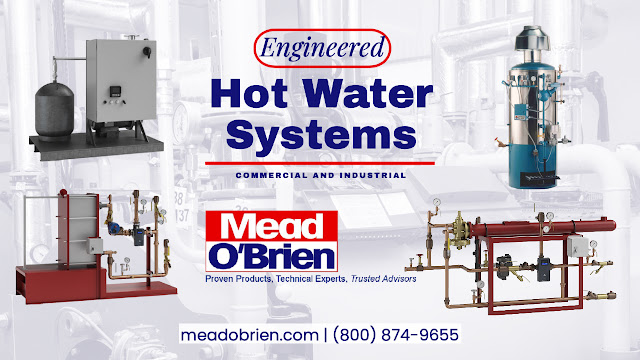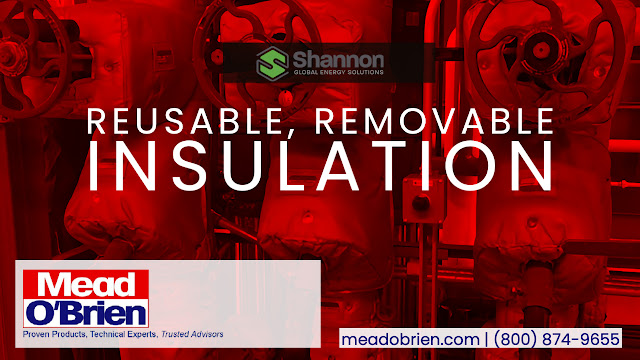In recent years, concerns about climate change have spurred a global push towards decarbonization, the reduction of greenhouse gas emissions, particularly carbon dioxide, from human activities. This movement involves transforming various sectors, including industrial facilities that account for a significant portion of global emissions. A critical aspect of this decarbonization drive is the adoption of advanced process instrumentation and valves, which are pivotal in improving efficiency, reducing energy consumption, and minimizing emissions. This article will explore the importance of process instrumentation and valves in decarbonizing industrial facilities and discuss the latest technological advancements.
The Importance of Process Instrumentation and Valves in Decarbonization
Enhancing Energy Efficiency
Process instrumentation and valves are critical components of industrial control systems that regulate and monitor processes in facilities such as power plants, refineries, and manufacturing plants. By providing accurate and real-time data on parameters such as pressure, temperature, flow, and level, these instruments enable operators to optimize processes and reduce energy consumption. Efficient and precise valve control also ensures energy use applies when and where needed, preventing wastage and reducing overall energy demand.
Reducing Greenhouse Gas Emissions
Advanced process instrumentation and valves help reduce greenhouse gas emissions by identifying inefficiencies and leaks in industrial processes. For instance, smart valves with built-in sensors can detect gas leaks, enabling operators to address the issue promptly and minimize emissions. Moreover, advanced control systems can optimize combustion processes in power plants and other facilities, reducing the amount of carbon dioxide and other greenhouse gases released into the atmosphere.
Facilitating the Integration of Renewable Energy
As industries transition towards renewable energy sources, process instrumentation, and valves play a crucial role in integrating these technologies into existing infrastructure. Advanced control systems can effectively manage the variable nature of renewable energy sources, such as solar and wind, ensuring a stable and reliable power supply. Additionally, smart valves can help balance the flow of energy between different sources, optimizing the system's overall efficiency.
Technological Advancements in Process Instrumentation and Valves
Digitalization and the Industrial Internet of Things (IIoT)
Digitalization and the Industrial Internet of Things (IIoT) are revolutionizing process instrumentation and valve technology. Integrating sensors, communication networks, and data analytics allows for real-time monitoring, predictive maintenance, and remote control of industrial processes. This interconnected system enhances efficiency, minimizes downtime, and reduces energy consumption, contributing significantly to decarbonization efforts.
Advanced Materials and 3D Printing
The development of advanced materials and the adoption of 3D printing technology in producing process instruments and valves have significantly improved performance, durability, and efficiency. For example, advanced alloys and ceramics can withstand extreme temperatures and pressures, reducing energy losses and improving the overall efficiency of industrial processes.
Machine Learning and Artificial Intelligence (AI)
Machine learning and artificial intelligence (AI) are increasingly utilized in process instrumentation and valve technology. These advanced algorithms can analyze data from sensors and other sources to predict equipment failures, optimize processes, and recommend maintenance activities. AI-driven process instrumentation and valves play a crucial role in decarbonizing industrial facilities by enhancing efficiency, minimizing downtime, and reducing energy consumption.
Decarbonizing industrial facilities is essential to mitigate climate change and achieve a sustainable future. Process instrumentation and valves play a vital role in this endeavor by enhancing energy efficiency, reducing greenhouse gas emissions, and facilitating the integration of renewable energy sources. As technology advances, adopting digitalization, advanced materials, and AI-driven solutions will further improve industrial processes' performance and environmental impact, accelerating the global shift towards decarbonization.
Mead O'Brien
(800) 874-9655






